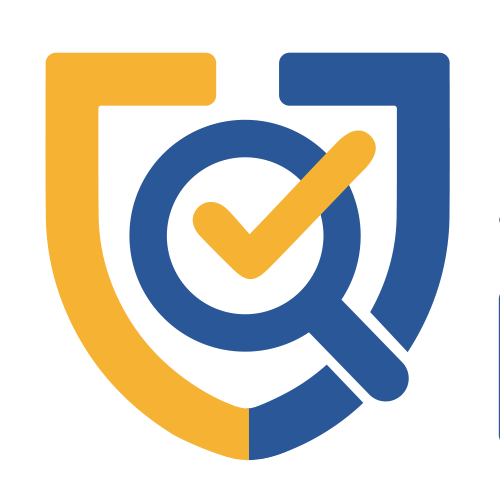CFA Institute, the global association of investment professionals, in partnership with CFA Society India, has unveiled the second edition of its Mind the Gender Gap report. This edition incorporates insights from 300 Indian companies through their Business Responsibility and Sustainability Report (BRSR) disclosures, providing an in-depth analysis of gender-related issues such as women’s participation, remuneration, and other key metrics in the corporate sector.
Introduced by the Securities and Exchange Board of India (SEBI) in 2021 and updated in 2023, the BRSR framework mandates Indian companies to disclose data on various aspects, including gender diversity, workforce composition, pay equity, and turnover rates. The second edition of the Mind the Gender Gap report analyzes voluntary BRSR disclosures to assess how Indian women are faring in the corporate workplace. This report focuses on workforce diversity and pay equity, with data from 300 companies representing a total workforce of over 8 million individuals.
Key findings:
- Women in the Workforce: Women account for just 20% of the total workforce, with men making up 80%. Of the 300 companies analyzed, women represent only 19.9% of the workforce.
- Leadership Disparity: Women hold significantly fewer senior positions. Only 18.4% of Board of Directors (BoD) seats are occupied by women. The gap is even more pronounced among Key Managerial Personnel (KMPs), with women holding just over 10% of these positions. Nearly two-thirds of companies analyzed have no female KMPs, and 80% of those with female KMPs have only one.
- Gender Pay Gap: Female BoD members earn only 44% of the median salary of their male counterparts, while female KMPs receive less than 25% of what male KMPs earn. The pay disparity is also evident across various levels, with male directors earning 21 times more than the median salary of male employees, and male KMPs earning 35 times more.
- Sectoral Insights: The Information Technology sector employs the highest percentage of women (34%), followed by the consumer discretionary (25%) and financial (24%) sectors. The utilities sector has the lowest women participation at 4%.
- Diversity at the Board Level: Sectors such as Real Estate, IT, Consumer Staples, Healthcare, and Consumer Discretionary show more equitable gender distribution at the board level. In contrast, the Financial Services and Energy sectors have the most pronounced gender imbalances.
- Differently-Abled Workforce: Only 0.5% of the workforce across the 300 companies analyzed comprises differently-abled individuals.
- KMP Gender Ratio: No sector has a male-to-female ratio of less than 5:1 for Key Managerial Personnel, with the Real Estate sector showing the widest disparity, followed by Utilities and Communication Services.
Arati Porwal, Country Head, India, CFA Institute, commented, “The second edition of the Mind the Gender Gap report highlights the urgent need for stronger gender equality initiatives in Indian corporate structures. While we’ve seen progress, the data reveals persistent gaps in women’s representation and pay equity at senior levels. However, the growing transparency in data reporting is a positive trend, raising awareness about gender diversity and DEI strategies. Companies with diverse leadership teams show greater innovation and better financial performance. To drive these results, businesses must create a culture of inclusion, attract female talent, and ensure equitable pay.”
Rajesh Sehgal, CFA, Chairperson, CFA Society India, added, “The continued low representation of women in the workforce and boardrooms is concerning. Corporate India must adopt inclusive strategies to retain female talent, reduce pay gaps, and foster more diversity in leadership roles. We hope this report sparks meaningful conversations that lead to real change in Indian workplaces.”
Based on the findings, CFA Institute recommends that companies enhance transparency by improving pay disclosures and conducting gender-based pay analyses across all organizational levels. Additionally, more detailed employee data, including role-based hierarchies and job level definitions, should be provided to align with regulatory standards. Strengthening diversity beyond boardroom representation is also critical—companies should focus on increasing women’s participation in senior management to build a more inclusive leadership pipeline.
Posted in Corporate, News





















